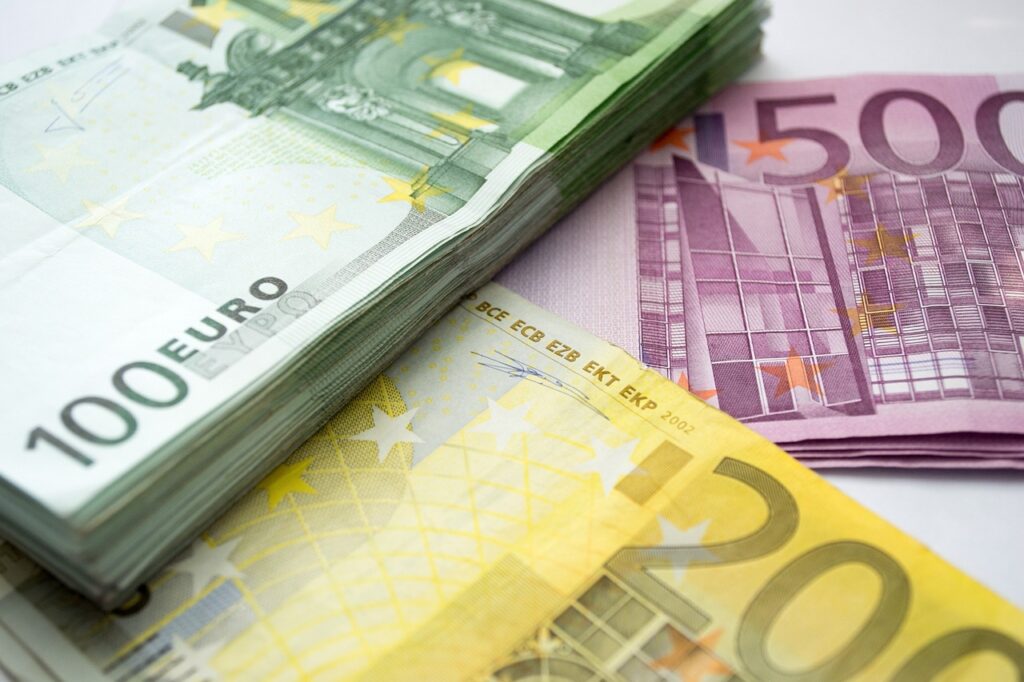The European Union’s push to cement its global leadership in hydrogen technology has gained fresh momentum, as the Clean Hydrogen Partnership announced the allocation of €154.6 million in grants to 26 projects under its 2024 Call.
Spanning 33 countries, the selected projects represent a concerted effort to foster transnational collaboration in hydrogen research and deployment. Many are positioned at the cutting edge of electrolysis technology, particularly green hydrogen production via seawater electrolysis and high-temperature solid oxide electrolysis cells (SOECs). Among them, SWEETHY, SYRIUS, DELYCIOUS, ASTERISK, PEPPER, HyPrAEM, ENDURION, and HySEas are tasked with pushing electrolyzer performance and durability to meet industrial-grade demands.
Storage and distribution, long considered bottlenecks for large-scale hydrogen deployment, are the focus of projects like REMEDHYS, Hermes, and HyDRA. These initiatives delve into advanced concepts such as underground hydrogen storage and solid-state storage using metal hydrides, with the goal of creating infrastructure that is not only technically robust but also scalable across Europe’s diverse energy systems.
In parallel, a shift is evident in hydrogen utilization, particularly in the maritime and heavy-duty transport sectors. NAVHYS and CleanH2Shipping are piloting liquid hydrogen fuel systems tailored for shipping, while BeBoP and H2UpScale are developing next-generation fuel cell balance-of-plant technologies—such as enhanced air compressors and humidifiers—designed to boost efficiency and reliability in heavy-duty vehicles.
Stationary applications have also attracted grant support. The InsigH2T project is investigating how pressure influences hydrogen combustion in turbines, with implications for power generation and industrial use. RESCUE, meanwhile, is prototyping a 50 kW fuel cell system capable of operating on either hydrogen or methanol, offering a dual-path solution for grid stabilization or remote power supply.
A defining feature of this funding round is the strong emphasis on lifecycle sustainability and systemic risk management. Projects such as GUESS-Why, PROMISERS, FASTCH2ANGE, and ECOPEM are developing modeling tools and regulatory frameworks to ensure the safe, environmentally sound, and socially accepted roll-out of hydrogen technologies. These tools are intended not just to inform project execution, but also to guide EU-wide policy and investment decisions as hydrogen moves from pilot to commercial scale.
The Clean Hydrogen Partnership also continues to invest in regional hydrogen ecosystems through the Hydrogen Valleys initiative. Five new valleys—HI2 Valley in Austria, CyLH2Valley in Spain’s Castilla y León, HySPARK in Poland, EASTGATEH2V in Slovakia, and Hyceland in Iceland—have received a combined €57.5 million. These additions bring the total to 21 Hydrogen Valleys across Europe, backed by €253.3 million in direct EU grants and an expected leverage of more than €1.3 billion in public and private capital.
These valleys are designed to serve as real-world laboratories, demonstrating how green hydrogen can integrate into existing industrial, transport, and energy infrastructures. They are also central to the EU’s industrial strategy, helping local ecosystems de-risk hydrogen deployment while creating high-value jobs and regional economic resilience.
The Partnership’s forward momentum is further underscored by its 2025 Call, which closed recently with 212 proposals submitted across 19 thematic areas. With €184.5 million in available funding, the volume and diversity of proposals highlight both the depth of innovation and the urgent demand for deployment-ready hydrogen solutions across the continent.
Stay updated on the latest in energy! Follow us on LinkedIn, Facebook, and X for real-time news and insights. Don’t miss out on exclusive interviews and webinars—subscribe to our YouTube channel today! Join our community and be part of the conversation shaping the future of energy.
